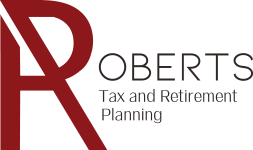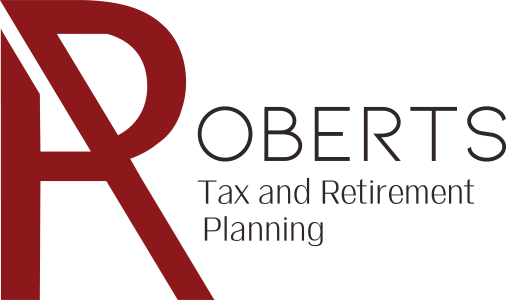ROTH CONVERSIONS
ROTH CONVERSIONS
TAX-ADVANTAGED ROTH IRAS
Roth IRA contributions are made with post-tax dollars, while traditional IRA contributions are made with pre-tax dollars. When you begin withdrawing or taking money out of these two types of accounts for retirement, traditional IRA distributions are taxed as ordinary income, while Roth IRA distributions are tax-free, because you’ve already paid taxes on the money.
With a Roth IRA, your interest, dividends and capital gains which accumulate inside the account are also tax-free, as long as you follow all Roth IRA withdrawal rules. This can a huge advantage over time. Roth IRA accounts are not subject to annual Required Minimum Distributions (RMDs) which are required for traditional IRA accounts (and 401(k)s) starting at age 73.

TAX-ADVANTAGED ROTH IRAS
Roth IRA contributions are made with post-tax dollars, while traditional IRA contributions are made with pre-tax dollars. When you begin withdrawing or taking money out of these two types of accounts for retirement, traditional IRA distributions are taxed as ordinary income, while Roth IRA distributions are tax-free, because you’ve already paid taxes on the money.
With a Roth IRA, your interest, dividends and capital gains which accumulate inside the account are also tax-free, as long as you follow all Roth IRA withdrawal rules. This can a huge advantage over time. Roth IRA accounts are not subject to annual Required Minimum Distributions (RMDs) which are required for traditional IRA accounts (and 401(k)s) starting at age 72.


ROTH CONVERSIONS
You can potentially garner tax advantages through conversions. In a conversion, you simply pay taxes in the year that any tax-deferred assets held in a traditional IRA (or 401(k) or similar retirement plan) are moved into a Roth. However, it’s important to do these conversions carefully, because as of 2018, they are no longer reversible (called a recharacterization.)
For high earners who make too much money to open Roth IRA accounts directly, there is a perfectly legitimate strategy called a “Backdoor Roth” which can be utilized to convert traditional IRA funds into Roth IRA funds. You basically put money into a traditional IRA (which has no income limits), convert the account to a Roth IRA, and pay taxes on the amount converted following all IRS rules.
ROTH CONVERSIONS
You can potentially garner tax advantages through conversions. In a conversion, you simply pay taxes in the year that any tax-deferred assets held in a traditional IRA (or 401(k) or similar retirement plan) are moved into a Roth. However, it’s important to do these conversions carefully, because as of 2018, they are no longer reversible (called a recharacterization.)
For high earners who make too much money to open Roth IRA accounts directly, there is a perfectly legitimate strategy called a “Backdoor Roth” which can be utilized to convert traditional IRA funds into Roth IRA funds. You basically put money into a traditional IRA (which has no income limits), convert the account to a Roth IRA, and pay taxes on the amount converted following all IRS rules.









